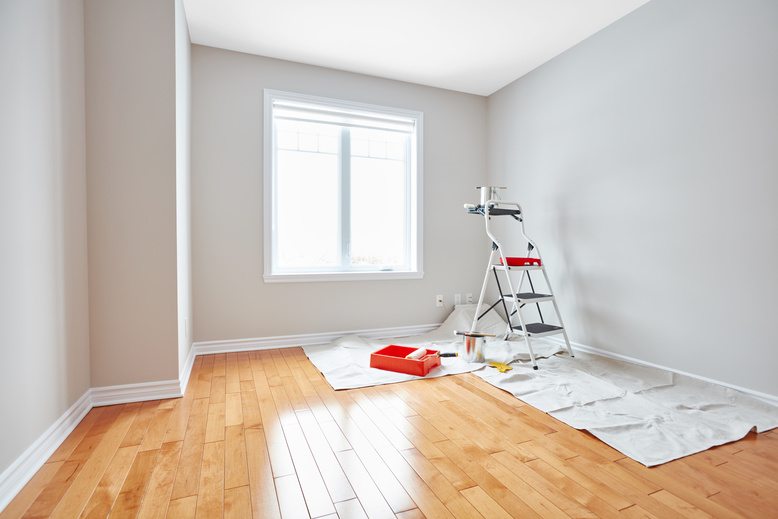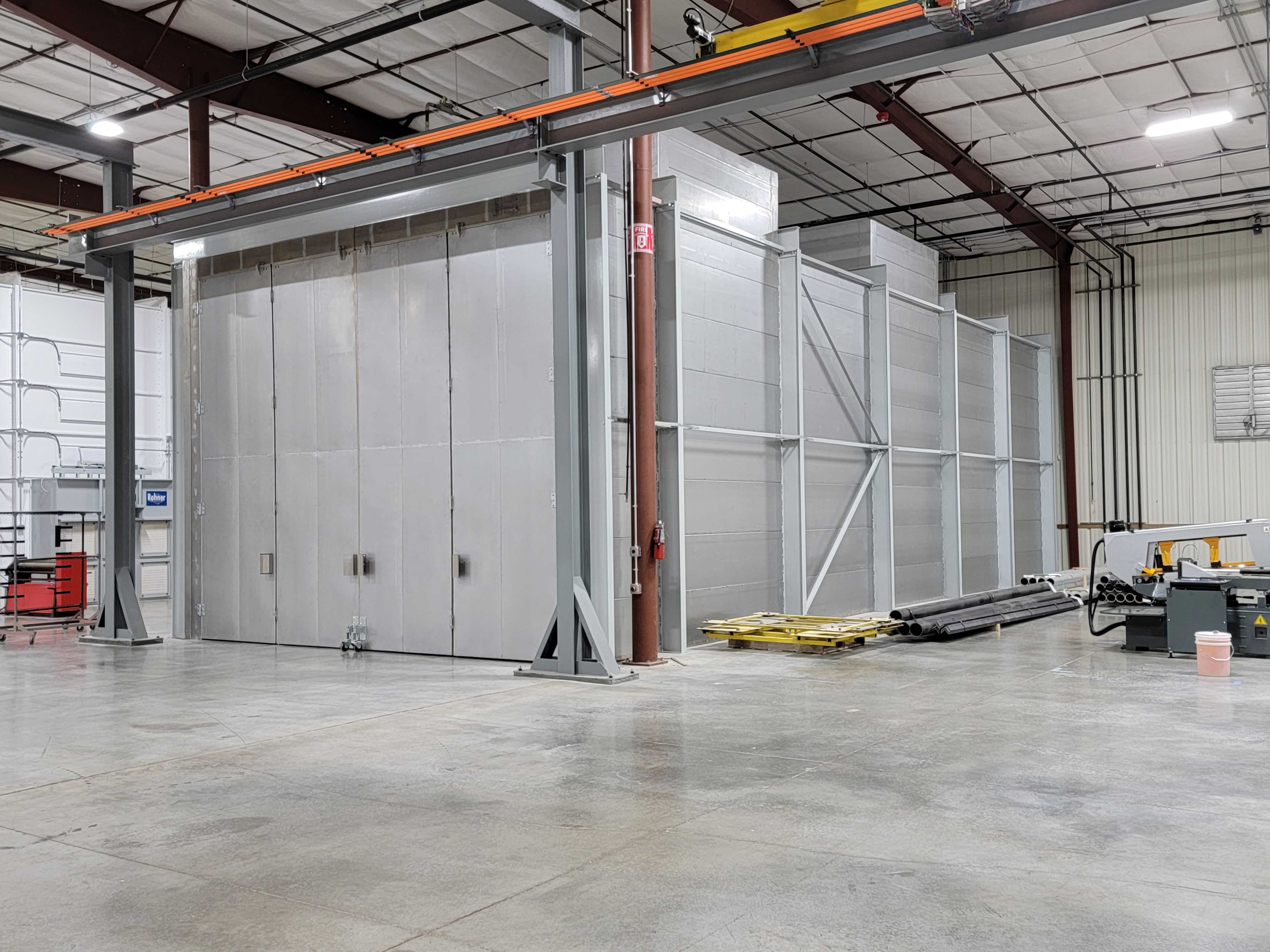
Jade has been cherished for centuries for its beauty and symbolism. In jewelry, jade bracelets are particularly popular, but with the rising demand for this precious stone, counterfeit jade has become a common problem. To ensure that you are getting a genuine jade bracelet, it is essential to know how to spot the difference between real and fake jade. This guide will help you understand the key characteristics of real jade and how to identify fake jade bracelets.
Characteristics of Real Jade
Types of Jade
- Jadeite: This is the more valuable and rarer type of jade. It comes in a variety of colors, including green, lavender, red, yellow, and white. The most highly prized is the emerald-green jadeite, known as "Imperial Jade."
- Nephrite: This type of jade is more common and less expensive than jadeite. Nephrite jade is usually found in shades of green, white, and brown.
Physical Properties
- Hardness: Jade is a tough and durable stone, with a hardness of about 6.5 to 7 on the Mohs scale. It is resistant to scratching and can only be scratched by materials harder than itself, such as diamonds.
- Texture: Real jade has a smooth and even texture. When you run your fingers over the surface of a jade bracelet, it should feel cool to the touch.
- Color: The color of real jade can vary widely, depending on the type and impurities present. Look for vibrant, natural hues that are not overly uniform or perfect.
How to Identify Fake Jade
1. Temperature Test
Real jade is naturally cool to the touch due to its dense composition. You can conduct a simple temperature test by holding the jade bracelet in your hand for a few seconds. If it feels warm or quickly warms up to your body temperature, it may be fake.
2. Visual Inspection
Examine the surface of the jade bracelet carefully under a bright light. Fake jade often has a plastic-like sheen and may display air bubbles, swirls, or other inconsistencies that are not typical of real jade.
3. Scratch Test
Since jade is a relatively hard stone, it should not be easily scratched. You can try scratching the surface of the jade bracelet with a metal object like a coin. If the jade shows scratches or damage, it is likely fake.
4. Density Test
Real jade is denser than most imitations, so it should feel heavier than expected for its size. Compare the weight of the jade bracelet to other known jade pieces to gauge its density.
5. UV Light Test
Under ultraviolet (UV) light, genuine jade may exhibit a faint fluorescence. You can use a UV light to examine the jade bracelet and see if it emits any glowing or fluorescent effects. Fake jade will not show this characteristic.
Where to Buy Real Jade Bracelets
When shopping for jade bracelets, it is essential to purchase from reputable sources to ensure the authenticity of the stone. Here are some tips on where to find real jade:
Specialty Jewelry Stores
- Look for jewelry stores that specialize in jade and other gemstones. They are more likely to carry authentic jade bracelets and provide certification of the stone's quality.
Online Retailers
- Choose online retailers with a good reputation and positive customer reviews. Make sure they offer a return policy and certification of the jade's authenticity.
Auction Houses
- Auction houses may have vintage or high-quality jade bracelets available for sale. Ensure that the items come with proper documentation and provenance.
Conclusion
Real jade bracelets are not only beautiful pieces of jewelry but also valuable assets with cultural significance. By understanding the characteristics of real jade and how to differentiate it from fake jade, you can make informed decisions when purchasing jade bracelets. Remember to rely on reputable sources and conduct thorough inspections to ensure that you are getting an authentic piece of jade jewelry.









